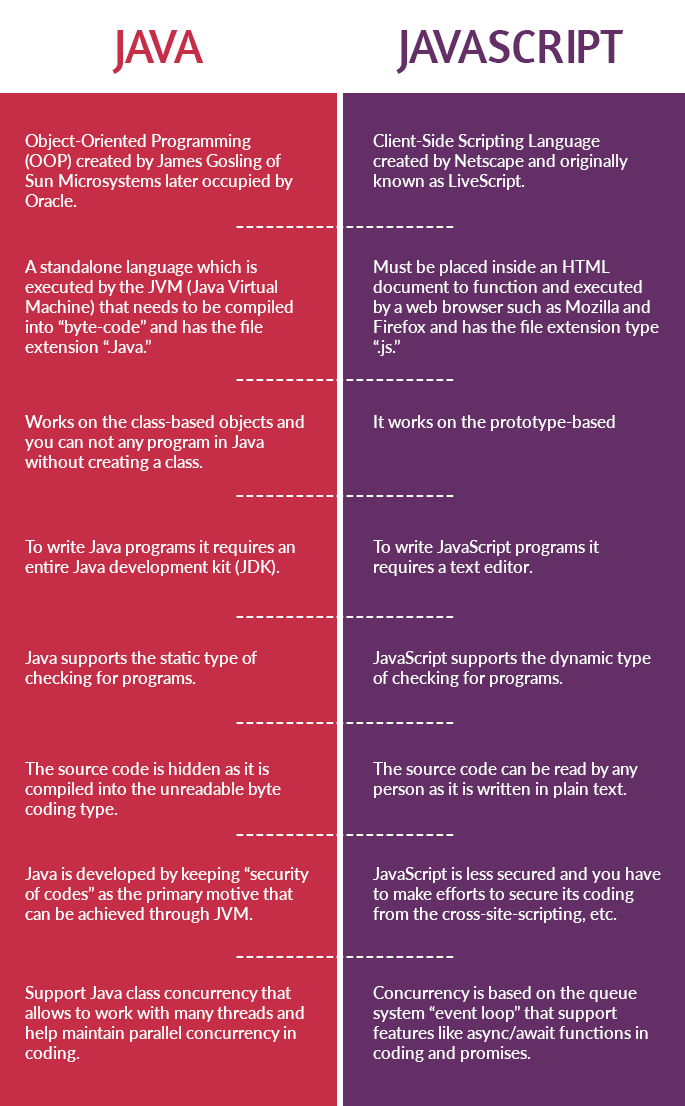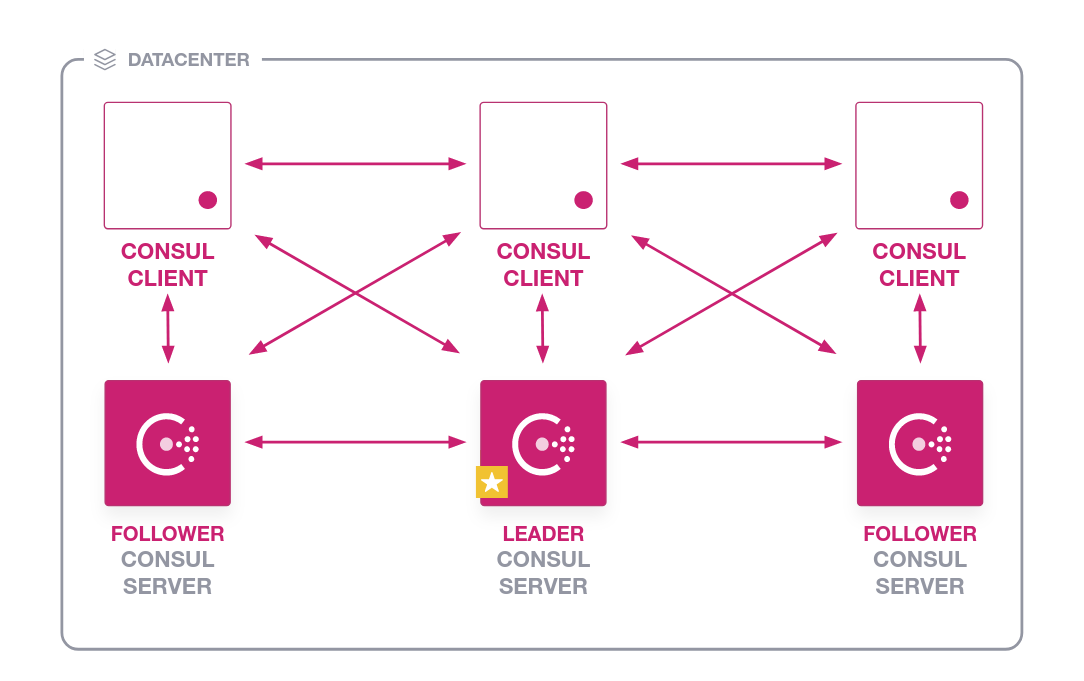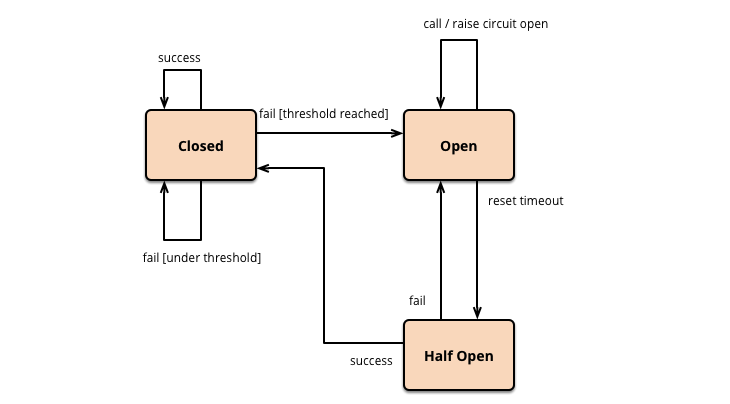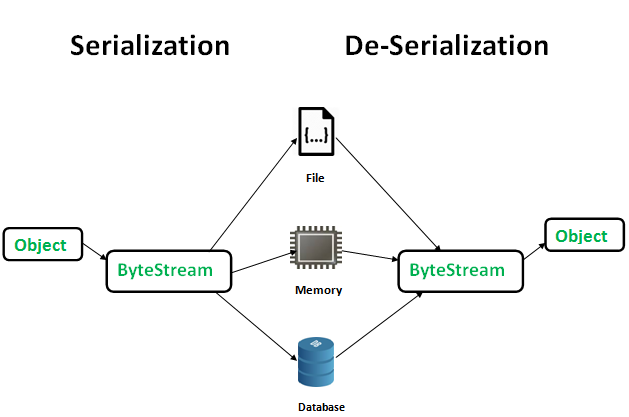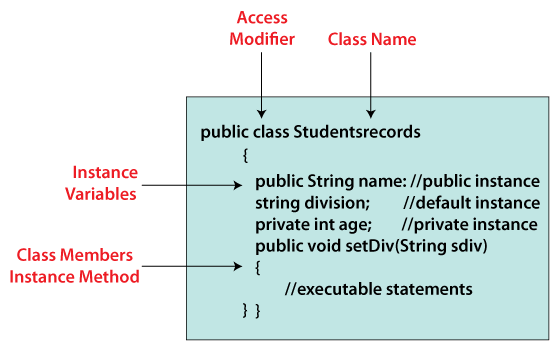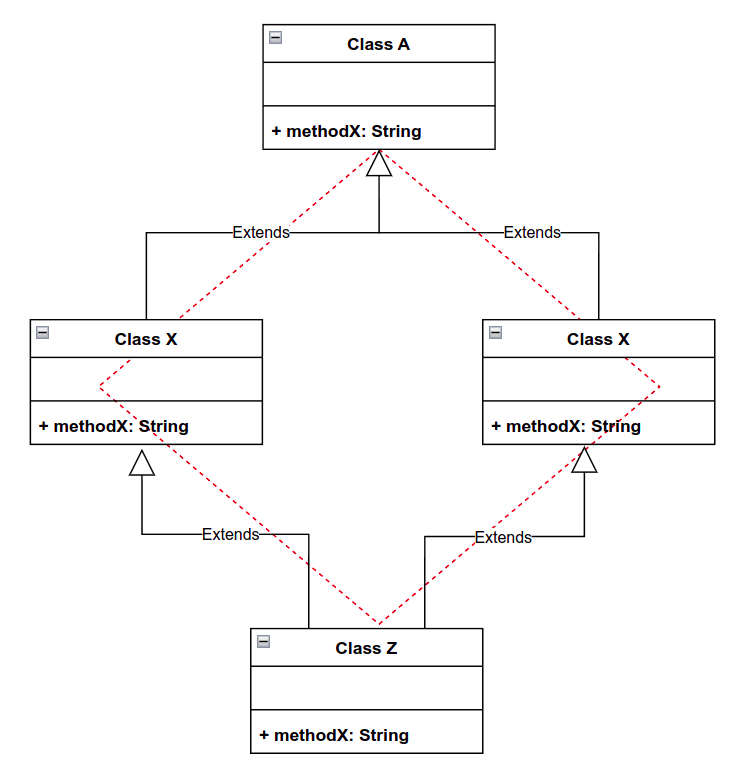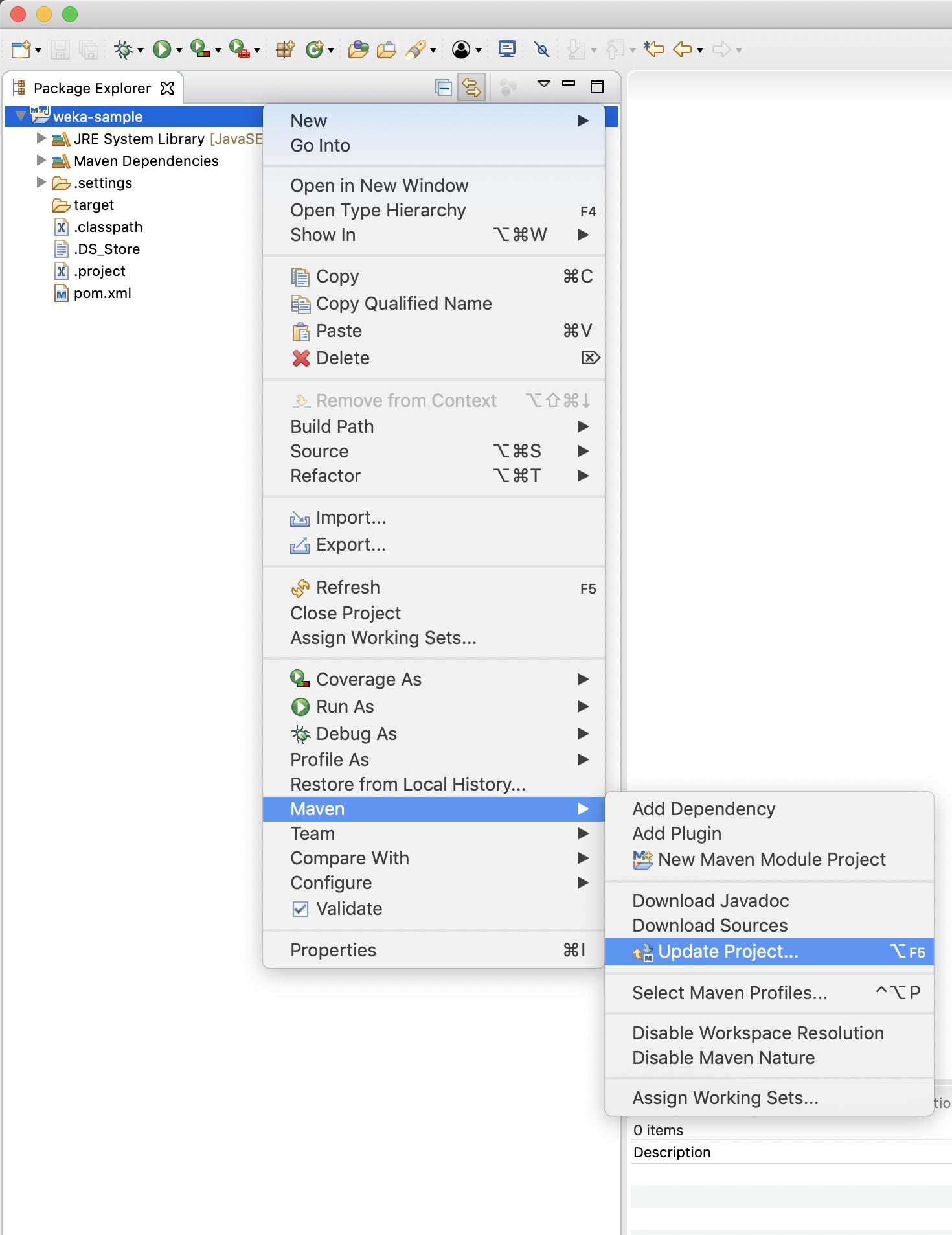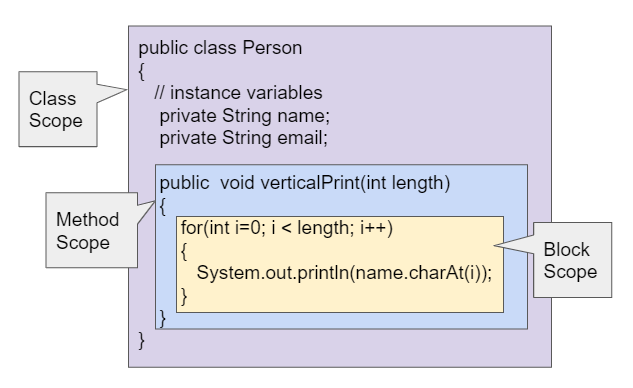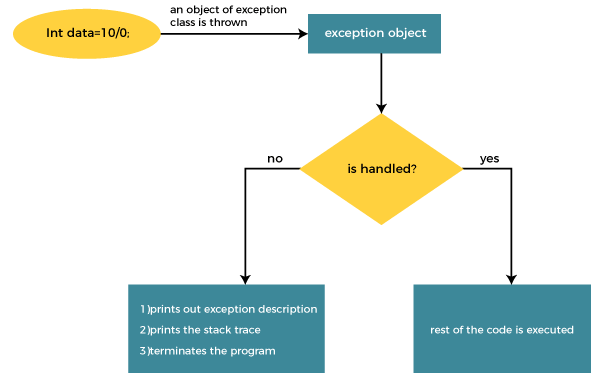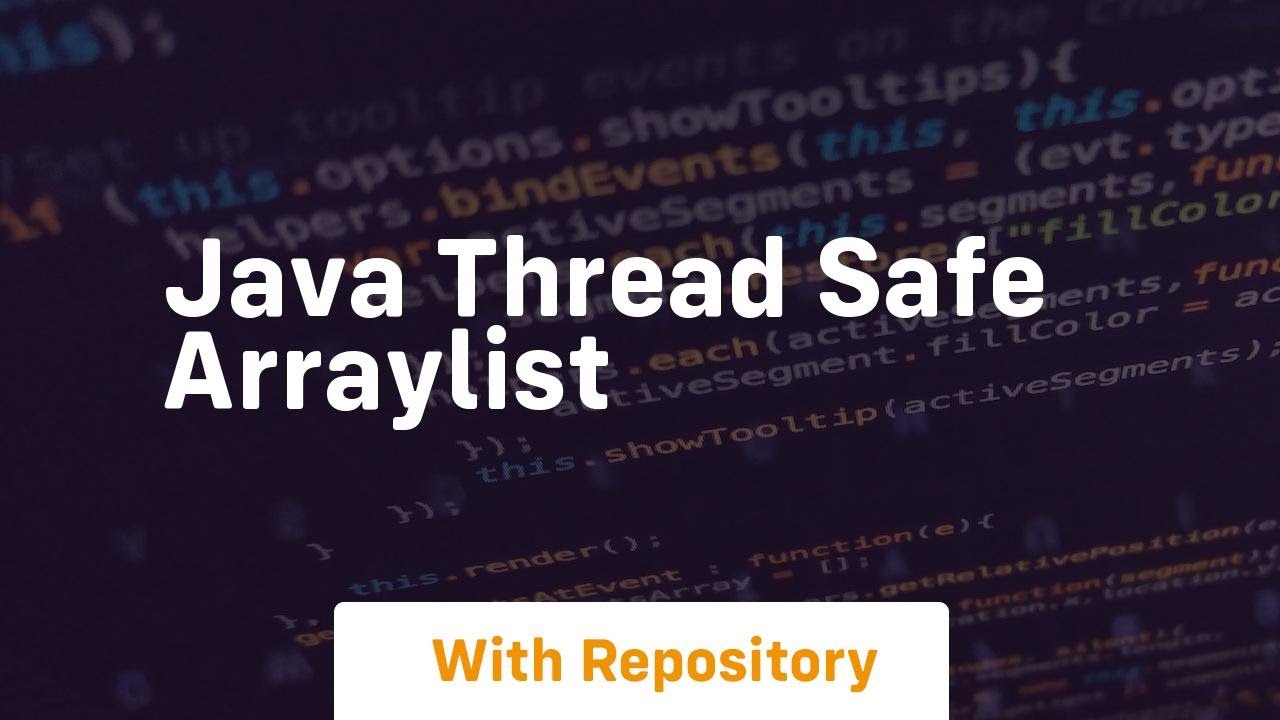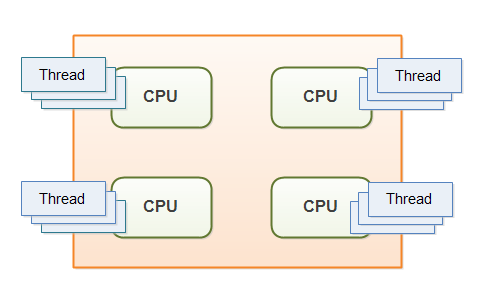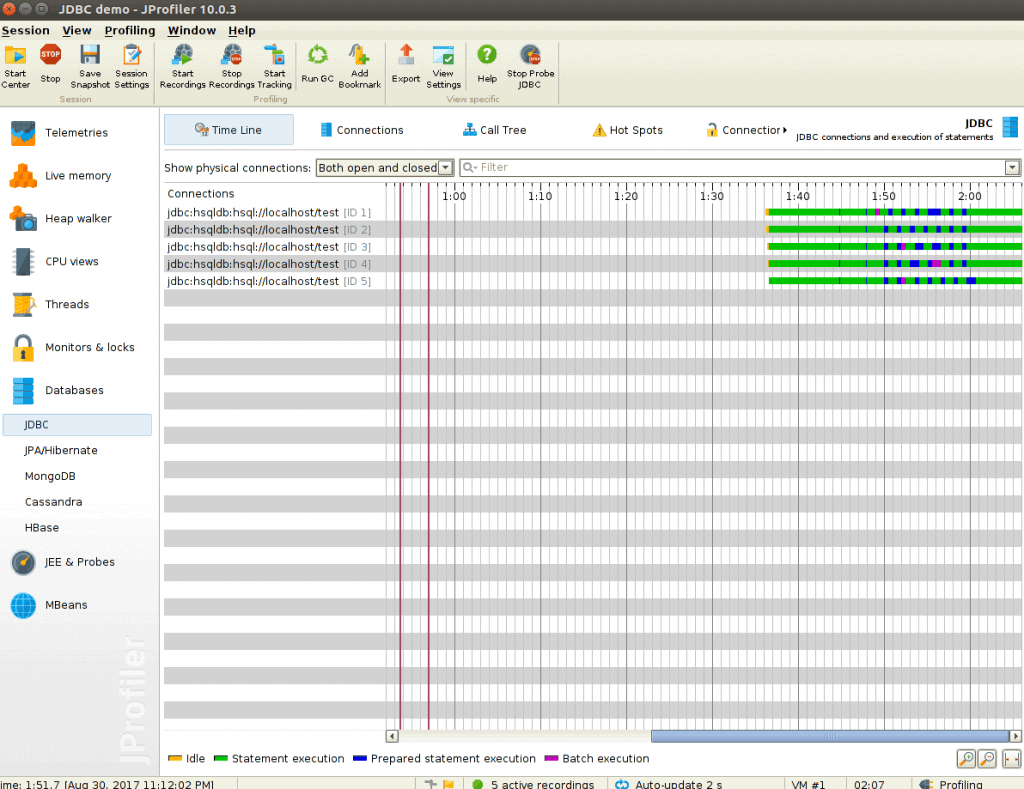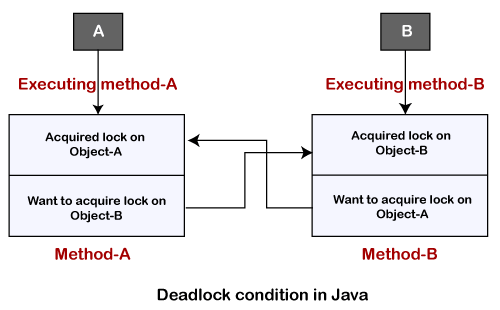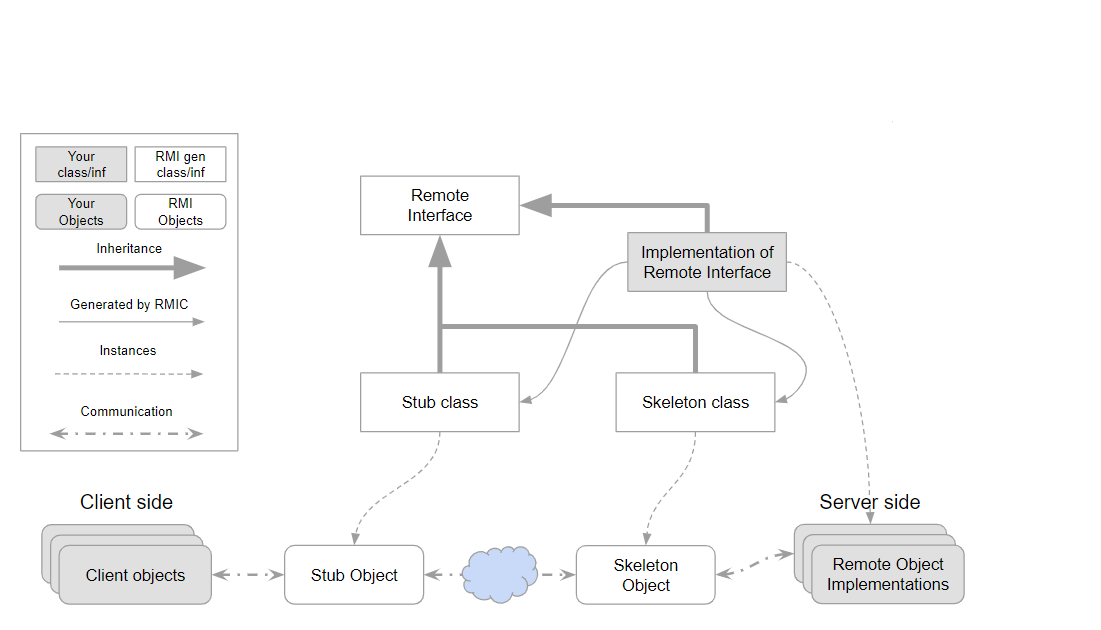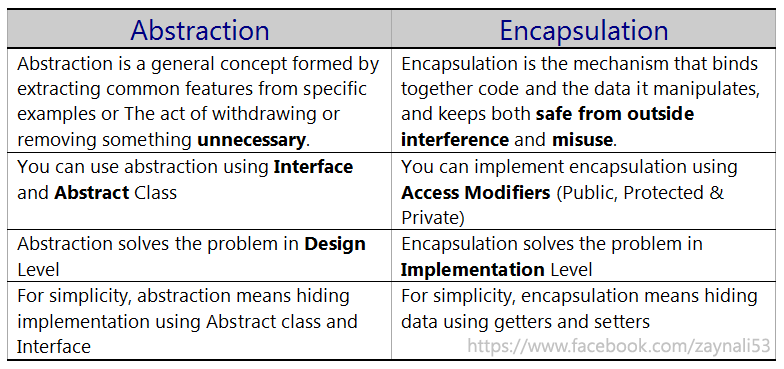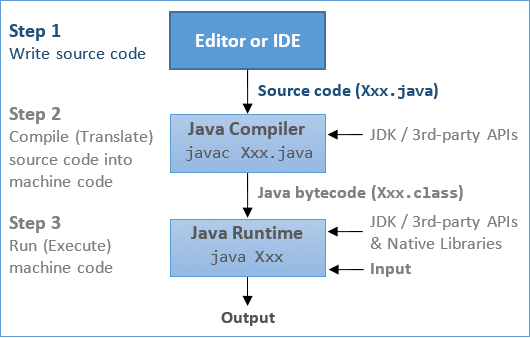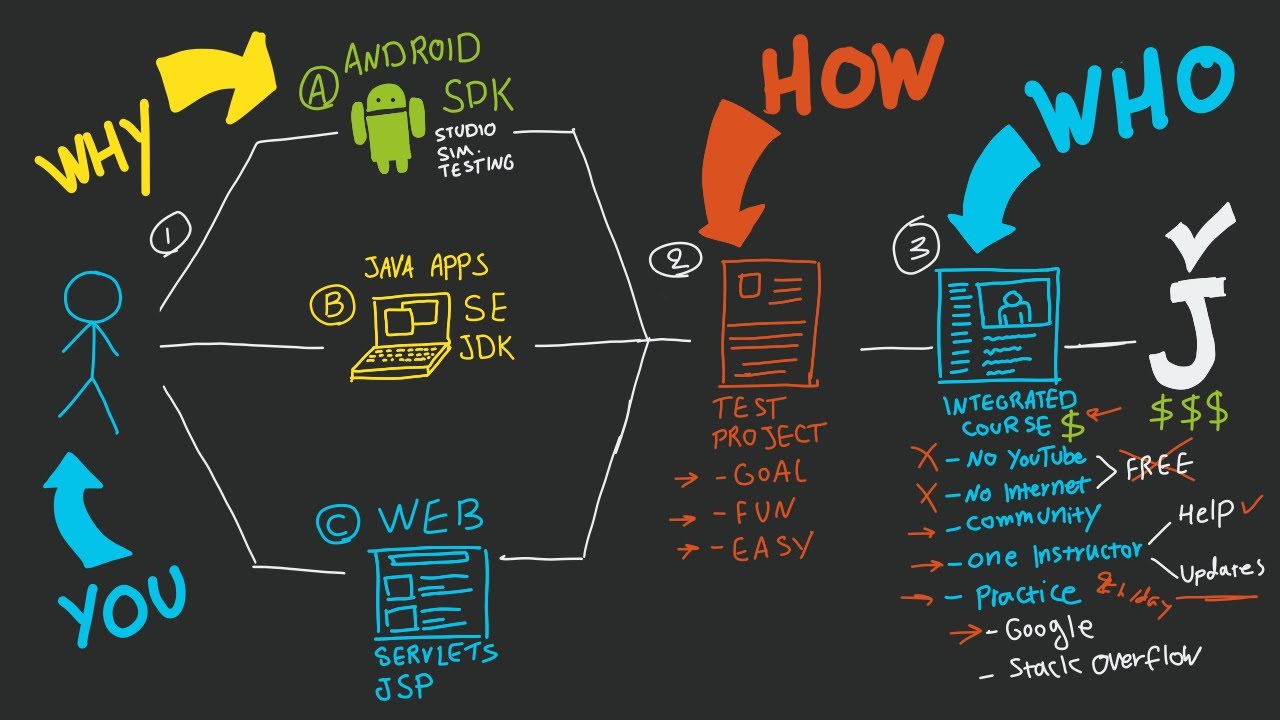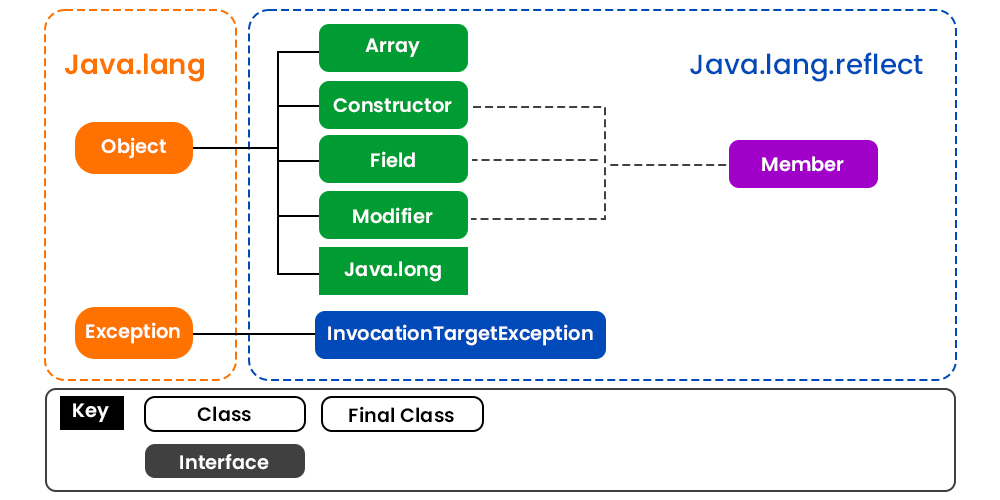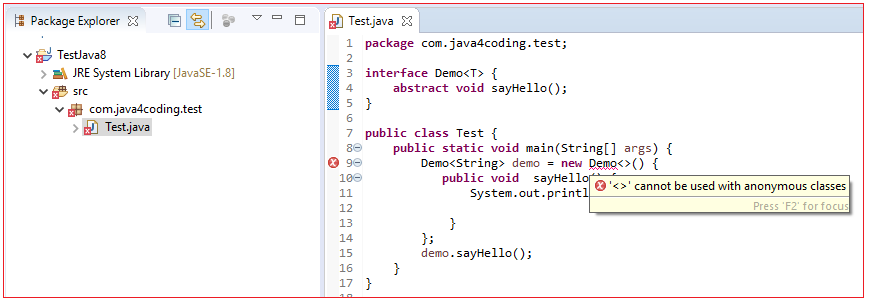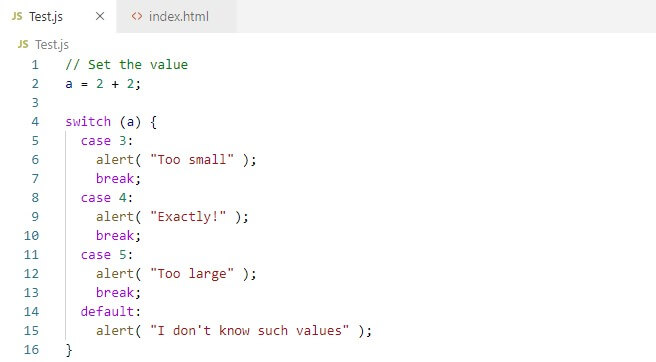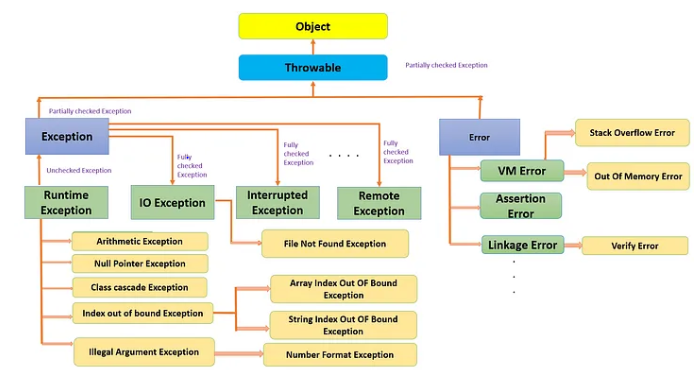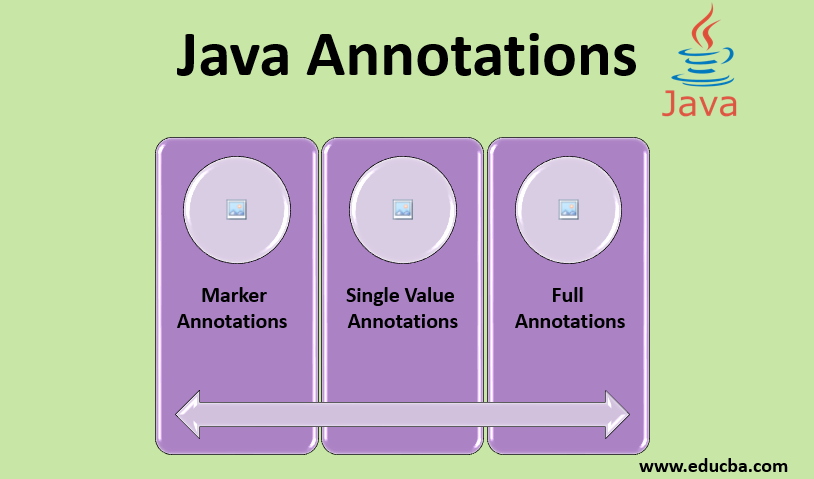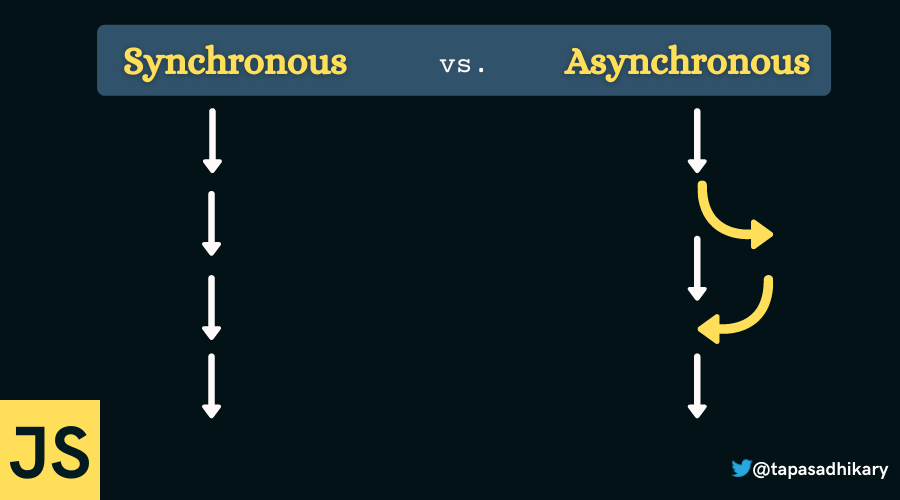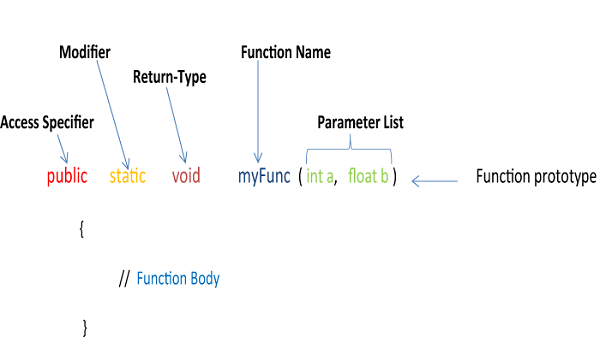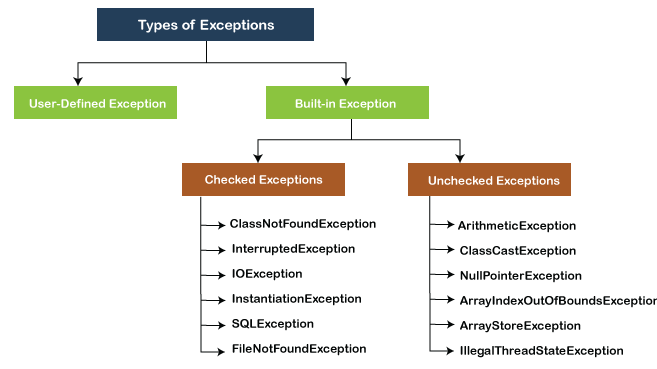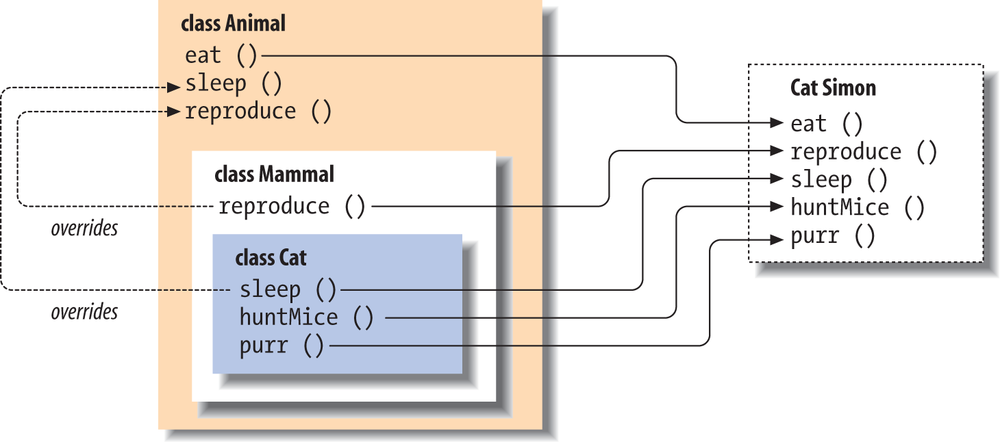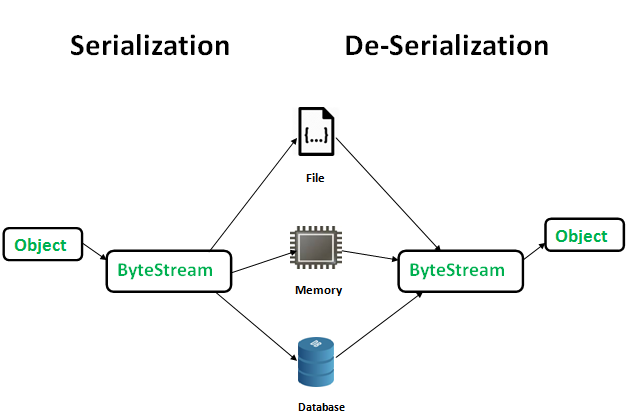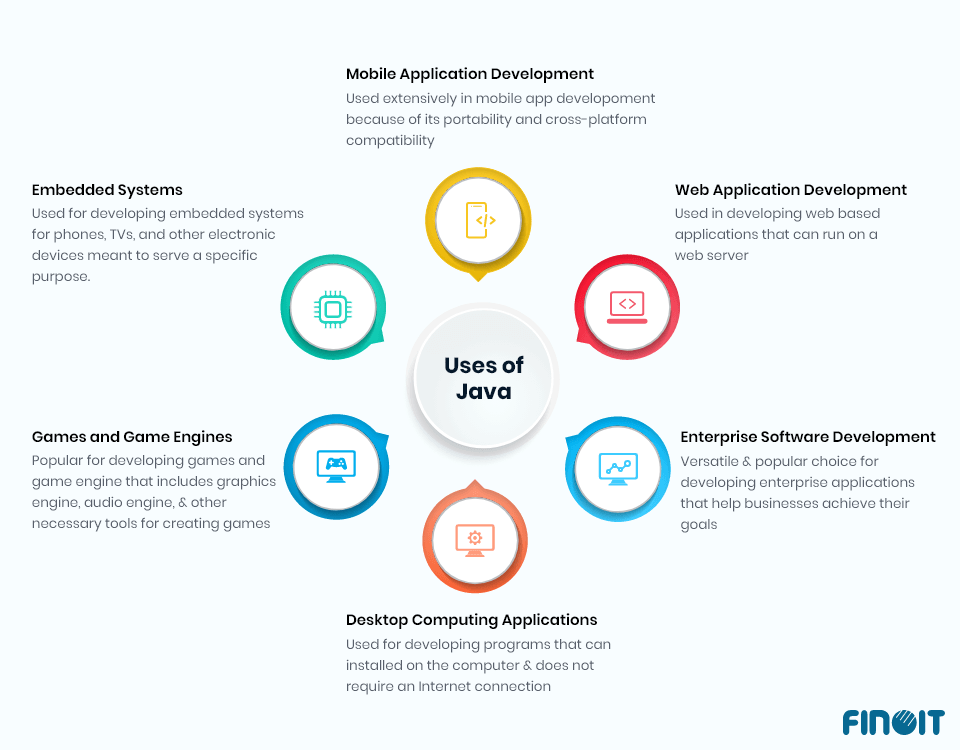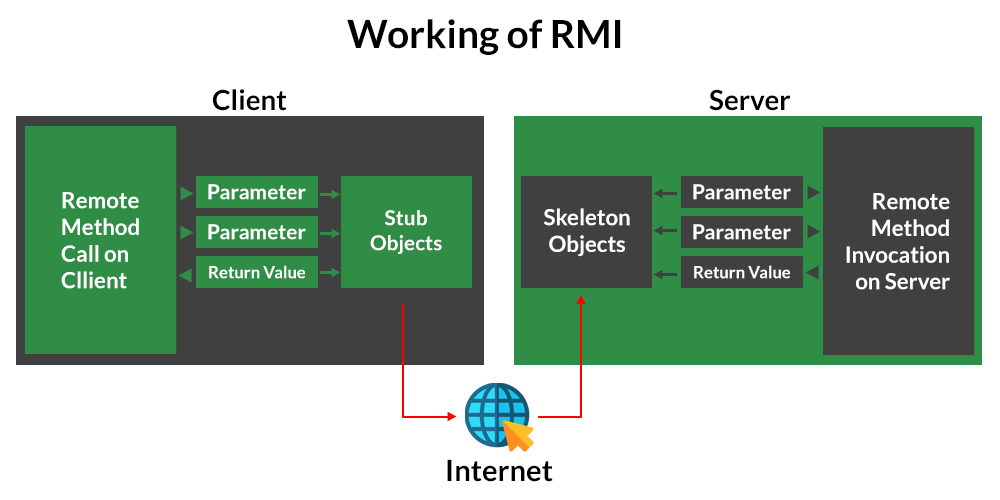What is the difference between try catch and finally in Java?
What is the difference between try catch and finally in Java?
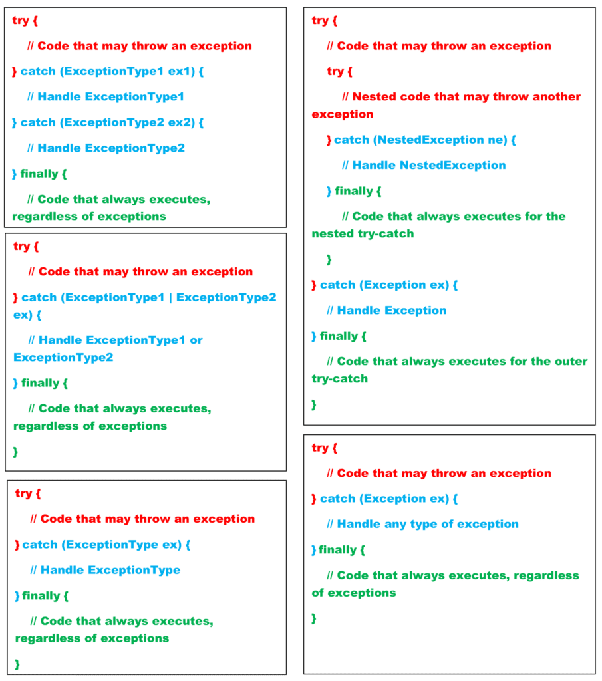
I'd be happy to explain the differences between try-catch-finally blocks in Java!
Try Block:
A try block is where you put the code that might throw an exception or error. It's like the main event, where your code runs and may encounter a problem that needs to be handled. The try block can contain multiple statements, and it's always the first statement in a try-catch-finally construct.
Catch Block:
A catch block is used to handle exceptions thrown by the try block. When an exception occurs in the try block, Java looks for a matching catch block to handle it. A catch block must have a parameter that specifies the type of exception being caught. This allows you to specify different handlers for different types of exceptions.
The main purpose of a catch block is to provide alternative code to execute when an exception occurs. You can put code in the catch block that handles the error, such as logging it, retrying the operation, or displaying an error message to the user.
Finally Block:
A finally block is used to ensure that some code gets executed regardless of whether an exception was thrown or not. It's like a "guaranteed cleanup" mechanism. A finally block can be used to release resources (like closing files or database connections), perform some additional processing, or simply provide a sense of closure.
When an exception is thrown in the try block and caught by a catch block, the finally block still gets executed after the catch block finishes. This ensures that your code always runs the necessary cleanup code, even if an exception occurs.
Key Differences:
Purpose: Try blocks contain the code that might throw exceptions, while catch blocks handle those exceptions and finally blocks ensure that some code always gets executed. Order: The order is try-catch-finally; you can have multiple catch blocks for different types of exceptions, but only one finally block.Here's a simple example to illustrate this:
try {
// Code that might throw an exception
int x = 5 / 0;
} catch (ArithmeticException e) {
// Handle the exception
System.out.println("Error: " + e.getMessage());
} finally {
// Always executed, regardless of exceptions
System.out.println("Finally block executed");
}
In this example, the try block attempts to divide by zero, which throws an ArithmeticException. The catch block handles that exception and prints an error message. Even if no exception is thrown, the finally block will still print "Finally block executed".
In summary, try-catch-finally blocks in Java allow you to write robust code that can handle exceptions and ensure cleanup operations are performed correctly. By understanding the differences between these blocks, you can write more effective and maintainable code.
If Grandma doesn't like my English explanation, I'm sure she'll let me know!
What is try and catch in Java with example?
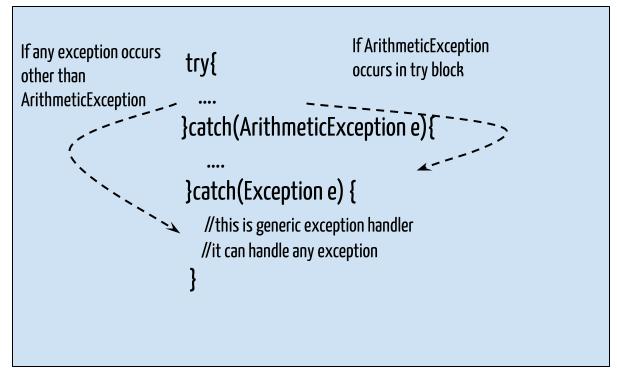
I'd be happy to explain Try-Catch blocks in Java with an example!
A Try-Catch block is a fundamental construct in Java programming that allows you to handle exceptions or errors within your code. It's a way to anticipate potential runtime problems and provide a mechanism for dealing with them.
What happens when an exception occurs?
When an exception (or error) occurs during the execution of your program, the Java Virtual Machine (JVM) throws an exception object that represents the problem. The JVM then looks up the call stack to find the nearest try-catch block and passes the exception object to the catch clause.
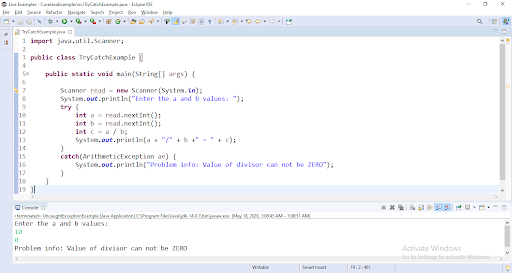
Try-Catch Block Structure
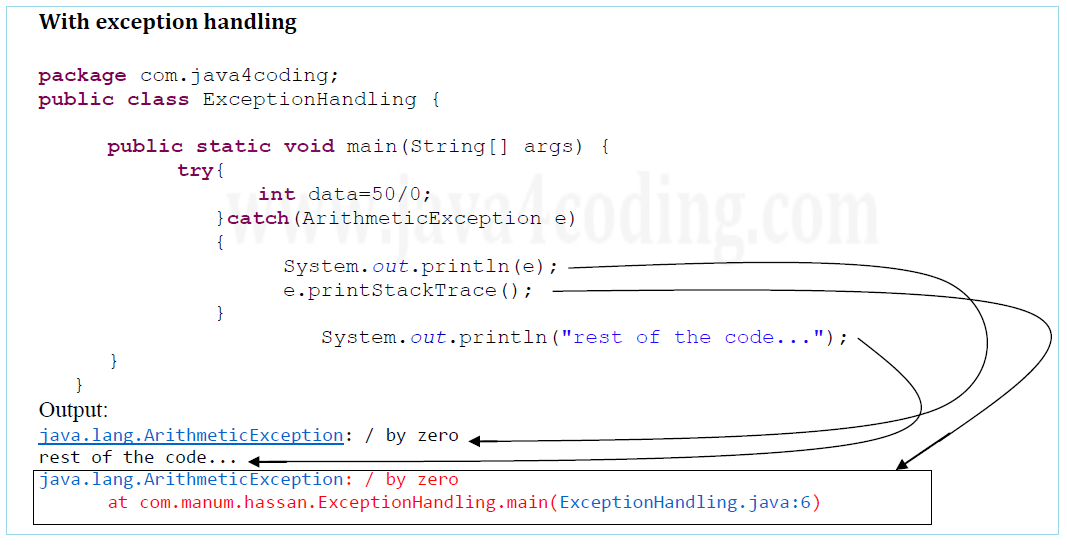
The general structure of a Try-Catch block is as follows:
try {
// code that might throw an exception
} catch (ExceptionType e) {
// code to handle the exception
}
In this structure:
try block contains code that may throw an exception. catch block catches and handles exceptions of the specified type (ExceptionType).
Example: Handling a Division by Zero Exception
Here's a simple example to illustrate how Try-Catch blocks work:
public class Divide {
public static void main(String[] args) {
try {
int result = 5 / (int) Math.pow(2, 0); // divide by zero!
System.out.println("Result: " + result);
} catch (ArithmeticException e) {
System.out.println("Error: " + e.getMessage());
}
}
}
In this example:
We create atry block that attempts to perform a division operation, but intentionally divide by zero. The JVM throws an ArithmeticException when it detects the division by zero. The catch block catches the exception and prints a message indicating what went wrong.
When you run this code, you'll see the following output:
Error: / by zero
The Try-Catch block has successfully handled the ArithmeticException thrown by the JVM, preventing your program from crashing or terminating abnormally.
Best Practices
Here are some essential best practices to keep in mind when working with Try-Catch blocks:
Catch specific exceptions: Instead of catching generic exceptions likeException, try to catch specific exceptions that are relevant to your code's behavior. Log and handle exceptions: When an exception is caught, log the error message and take appropriate action (e.g., retry the operation, display an error message, or terminate the program). Avoid swallowing exceptions: Don't swallow exceptions without taking any action. This can hide problems and make it harder to diagnose issues in your code.
By following these guidelines and using Try-Catch blocks effectively, you'll be better equipped to handle runtime errors and write more robust Java programs!
